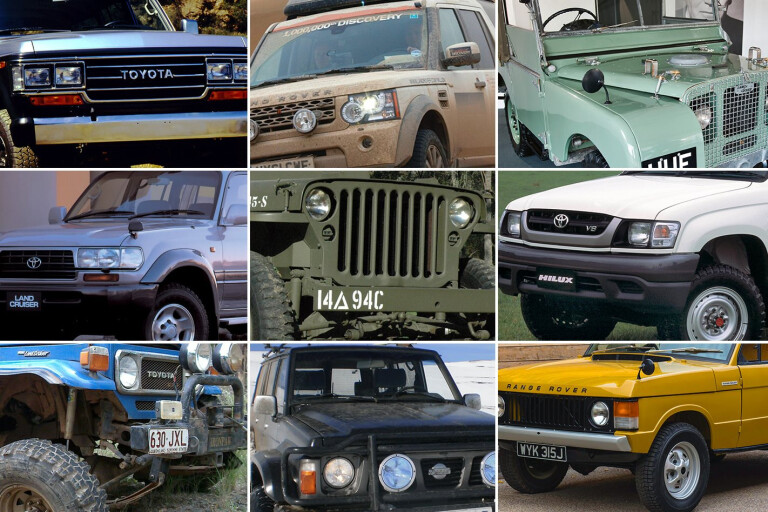
Ask two four-wheel drive enthusiasts what the greatest 4x4 ever made is and you’ll probably get differences of opinion.
Ask half a dozen folks who eat, sleep and breathe 4x4s which is the best 4x4 ever made and you might just start an argument!
To settle the score we got the staff here at 4X4 Australia to vote for the 10 most significant 4x4s, ranked in order. We then allocated points with 10 for first place down to one for 10th place, before doing the maths to establish the definitive top 10.
UPDATE: Best 4x4s of 2022
Before you go on, you also should know which 4x4s are our top picks for 2022. Read our 2022 4X4 of the Year stories at the link below!
4x4 gear guides
The 10 greatest 4x4s of all time
The Toyota LandCruiser was categorised by Series; Land Rover Defender was categorised by leaf springs (Series I to III) and the later coil-sprung models (90, 110, Defender etc); Land Rover Discovery was categorised by live axles (first and second-gen Discovery) or fully independent (Discovery 3 and 4); and Range Rovers were categorised by one of its four generations. Most of the others fell naturally into their own model designation.
Our six judges – Matt Raudonikis, Ron Moon, Dean Mellor, Ian Glover, John Rooth and Fraser Stronach – have some 255 years of 4x4 experience between them. This is their verdict...
1: WWII US Army Jeep - The godfather
The US Army's WWII Jeep was developed for a specific military role, but it changed the world in times of peace, too.
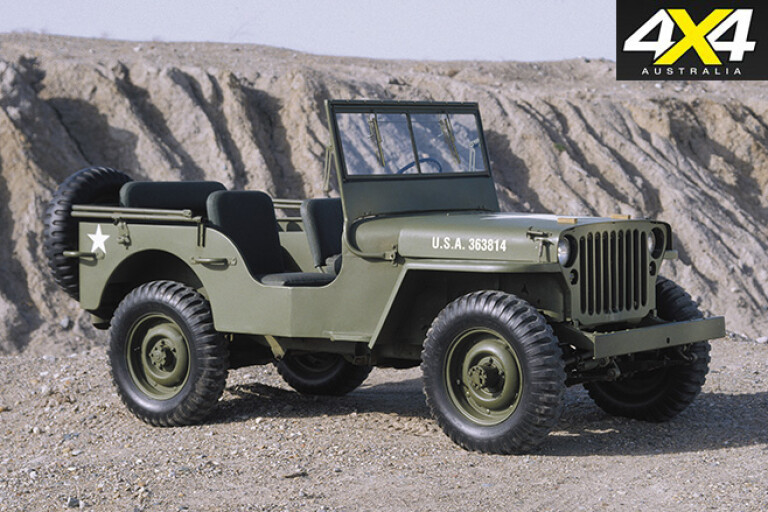
The US Army’s WWII Jeep is most commonly known as the Willys-Overland MB or the Ford GP, after the two companies that produced the majority of the Jeeps during the war, though its design owes far more to the army than any single car company. And of the several car companies involved in its design, the Bantam company deserves most credit.
In the early days of its design and development it wasn’t even called a Jeep, that name came about later. Even to this day, arguments continue as to where the name originated. The Jeep name wasn’t officially registered until 1950 when Willys-Overland claimed it on the grounds it had produced more Jeeps during the war than anyone else.
At the core of the design was a separate chassis and live axles at both ends carried on leaf springs. This became the blueprint for 4x4 design for many years to come
The Jeep story starts in 1938 when the US was looking to modernise its military. It put out hundreds of tenders covering a diverse range of military vehicles and equipment, one of them being for a Command Reconnaissance Vehicle. The Army set down very strict guidelines on weight, size, engine power and performance. It also had to have 4WD.
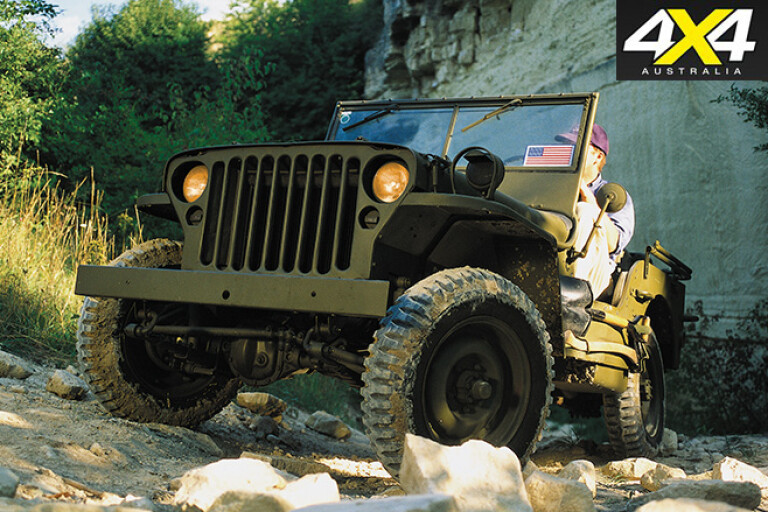
So tough were the Army’s demands that the original prototypes put up by Bantam and Willys-Overland, and later by Ford, were rejected. More prototypes came and went with complaints that the Army secretly shared blueprints between bidders and, after a string of redesigns, what was roughly the final iteration was settled on by mid 1941. At the core of the design was a separate chassis and live axles at both ends carried on leaf springs. This became the blueprint for 4x4 design for many years to come.
During the war, Jeeps served as much more than reconnaissance vehicles and did everything the US and Allied militaries asked of it, and then some. They were used as supply vehicles, machine gun mounts, troop carriers, and for towing everything from guns to planes. Hitched together and fitted with steel wheels, they hauled railroad rolling stock when there wasn’t a locomotive to do the job. But more than anything else, the Jeep, as Roothy so succinctly puts it, “was absolutely incredible off-road”.
The Jeep’s wartime versatility ensured its civilian success in post-war USA with returning US soldiers singing its praises. In the words of Ron Moon: “The Jeep began the world’s love affair with lightweight 4x4 vehicles.”
2: Toyota LandCruiser 40 Series - The rising son
The 40 Series LandCruiser laid a solid foundation for Toyota’s – and Japan’s – international success.

Interestingly there’s a fair bit of Jeep, and even US military in the birth of the LandCruiser. Not that the 40 was the first LandCruiser.
Time travel back to 1950, just five years after the war’s end, and you’ll find Japan was effectively under US military occupation as the Americans tried to reshape Japan’s commercial and social fabric and disband its military. What new military equipment Japan was allowed to procure for its self-defence force was of American origins.
All that changed when war in nearby Korea flared in 1950 and US military production was put under new pressure. As a result the Americans asked the Japanese car companies to design light 4x4s (as well as other vehicles) that could be produced at short notice and in significant numbers.
To cut a long story short, Toyota’s first effort looked very much like a US military Jeep. Like the Jeep it had live axles and leaf springs at both ends. It was designated the BJ, where the B referred to the six-cylinder engine and the J referred to Jeep. The new vehicle was initially called a Toyota Jeep until Willys-Overland successfully claimed trademark violation.
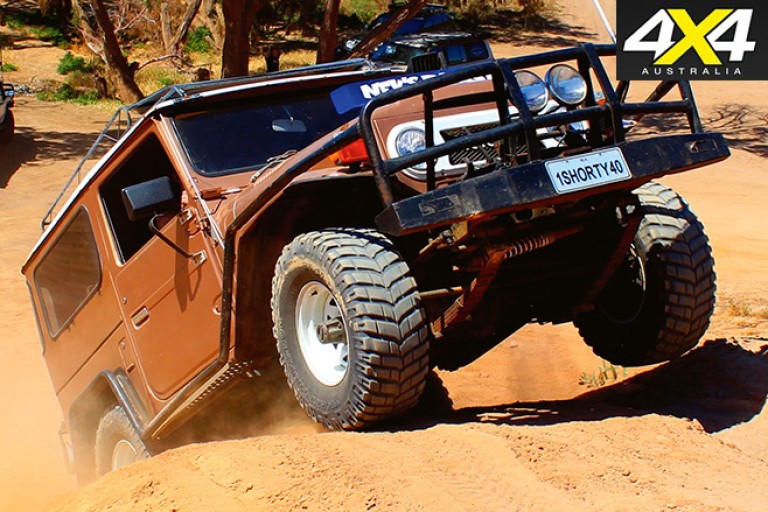
In 1955 the BJ became the 20 Series when it was revamped for export although sales were limited due in part to patchy reliability.
But Toyota quickly learnt from its first-effort mistakes and launched the 40 Series in 1960. In one form or another the 40 would remain in production until 1984. It introduced the qualities that would make Land Cruiser the dominant force it is today. “This is the vehicle that stole market dominance from the Brits (Land Rover),” Ian Glover says.
The 40 Series introduced comfort and convenience features rarely seen in 4x4s of the day
As well as the big jump in build quality, the 40 Series introduced comfort and convenience features rarely seen in 4x4s of the day, while changes in production processes meant a better quality vehicle could be produced more quickly and at lower cost.
The 40 Series was produced in a range of models in short-, mid- and long-wheelbase; as a two-door hard-top, a soft-top, a TroopCarrier and a cab-chassis; and with petrol or diesel engines.
The success of the 40 Series worldwide was mirrored here in Australia and you still see plenty on and off the road in both work and leisure roles.
Ron’s advice: “If you’ve got one, hang on to it!”
3: Land Rover - Earth roamer
The Land Rover was created as a stopgap model, but its role in expeditions helped open up the planet like no other vehicle.

The Land Rover reinforces the significance of the Army Jeep, because just like the 40 Series Toyota it has Jeep in its history.
In fact, a WWII Jeep, owned and used by Rover’s technical chief Maurice Wilks on his rural property in Wales, UK, was the 1947 inspiration behind the original Land Rover.
At the time, Rover badly needed a new model to stimulate sales given the limited demand for its up-market saloons in a depressed post-war market. Wilks’s war-surplus Jeep was proving just the thing on his farm and had him wondering if such a versatile, simple and robust vehicle, aimed at farmers rather than the military, could be the thing to help the ailing Rover on the path to recovery?
“Wilks kept it simple and useful with uncomplicated engineering and barebones comfort levels. It worked, and popularised the idea that having a four-wheel drive made sense”
Within months, even before the first prototype was built (on a Jeep chassis, no less), the idea got the go-ahead from Rover management.
Given it was seen as a stopgap model, the priority was to produce the Land Rover as quickly and as cheaply as possible. That meant the use of flat body panels made from war-surplus aluminium alloy, as steel was in short supply. It also meant an absolute minimum of tooling.
Working at an incredible pace, Wilks’s team had the Land Rover ready for its public debut at the Amsterdam Motor Show in April 1948.

As Glover says: “Wilks kept it simple and useful with uncomplicated engineering and barebones comfort levels. It worked, and popularised the idea that having a four-wheel drive made sense.”
But the Land Rover’s success was not just due to the vehicle’s attributes. Britain’s extensive influence through its Commonwealth and former empire meant ready access to export markets in Africa, the Middle East, Southeast Asia and Australia; all regions where a simple and robust 4x4 was more than useful.
While the Land Rover was initially aimed at rural buyers, as Dean Mellor explains: “It soon found favour with a new breed of intrepid off-road adventurers who used the vehicle to explore the world and, in the process, open up vast areas to civilisation.”
Over the years the Series I evolved into the Series II, Series IIA and Series III that lasted until 1985, but all the while retaining the key attributes of the 1948 original, including leaf-sprung live axles, just like the WWII Jeep.
4: Range Rover (1970) - Master class
With all-coil suspension and full-time 4WD, the first Range Rover brought comfort and technology to the 4x4 world.
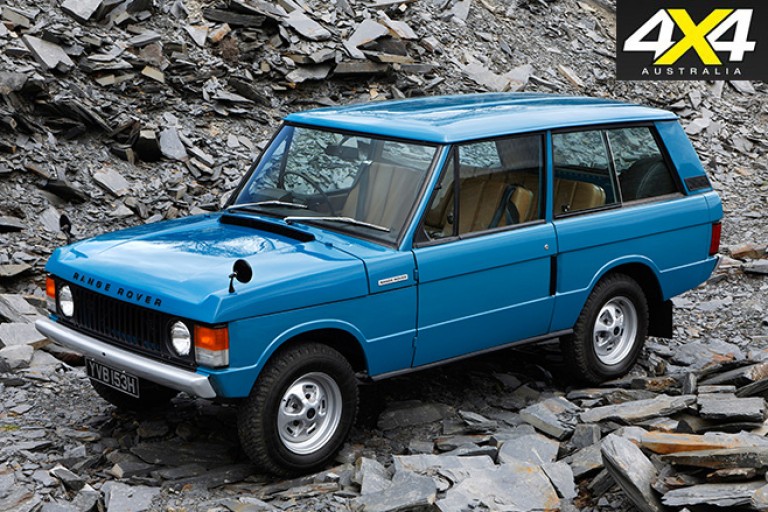
Ron Moon is right when he says: “Surprisingly as it may seem today, [the Range Rover] was never designed as a luxury vehicle.”
The original 1970 Range Rover was the brainchild of Charles Spencer King, Rover’s chief of new vehicle projects at the time, and was simply conceived as a passenger 4x4 rather than a work 4x4 like the Land Rover.
Despite its eventual success, not everyone at Rover was convinced that Spen King (as he was known) was on the right track at the time. As Glover points out: “Spen King came at 4x4 design from a totally different [design] direction, namely all-coil suspension, after he drove a Rover sedan over a freshly ploughed field”.
The Range Rover introduced full-time four-wheel drive
Even Land Rover’s chief engineer of the time, Tom Barton, wasn’t convinced of the concept, especially the radical change from leaf to coil springs for the Range Rover’s live axles. Rover’s sales department also thought the whole Range Rover idea was stupid. “What! A Land Rover costing 2000 pounds – you must be mad!” was its reaction.
At the launch of the second-generation Range Rover in 1994, Spen King recalled of the original: “We did it off our own bat. It wasn’t management saying ‘do this’; we did it ourselves because we thought it was a worthwhile thing to do.”
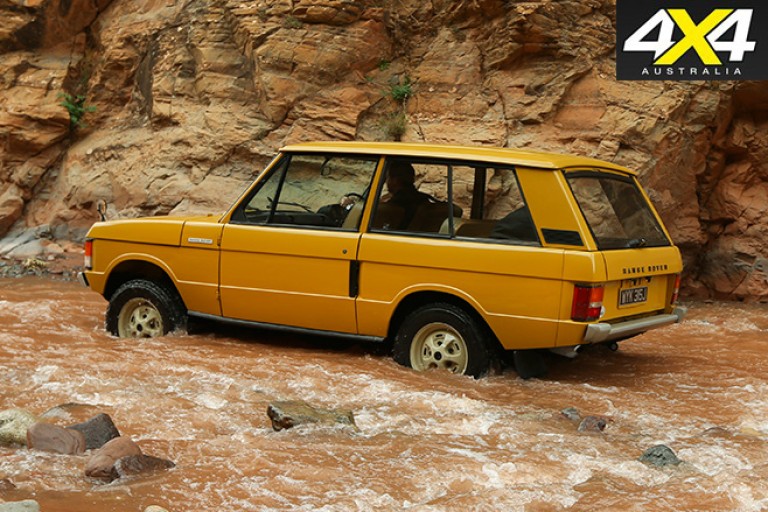
The Range Rover introduced full-time four-wheel drive. “You have the rotating machinery at both ends so you may as well use it,” King said. “It saves on tyre wear and fuel and it confers better grip, a prime safety factor. The security on slippery, nasty roads is just wonderful.”
The Range Rover was an instant success worldwide and remained in production virtually unchanged for more than 10 years until the four-door model was introduced in 1981. With various updates it continued until 1996, two years after the launch of the second-gen Range Rover.
According to Glover: “The Range Rover was simply a masterpiece and it remains a delight to drive today.”
5: Toyota Hilux - Workers' choice
From humble beginnings, the Toyota Hilux has become a 4x4 with universal appeal – From tradies to taliban.
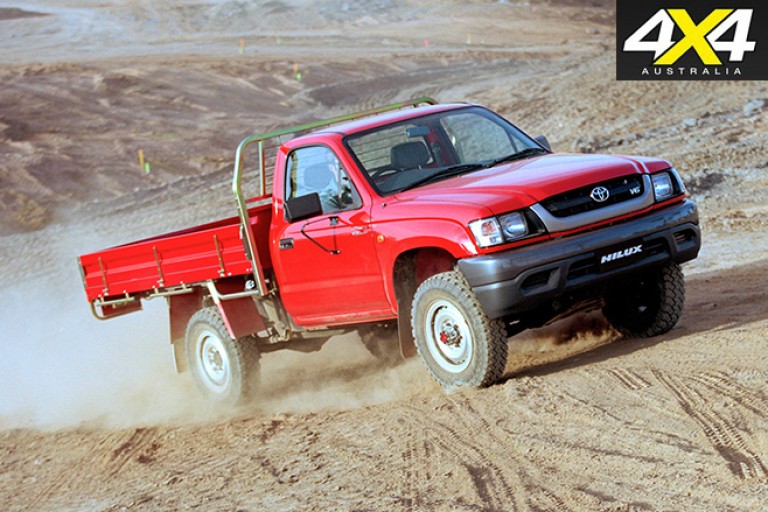
According to Mellor: “There was really nothing remarkable about the HiLux – it was a pretty basic vehicle – but as the years went by it became available in a variety of body styles including single, extra and double cab, with pick-up or tray, and that made it appealing to a wide audience.”
The first HiLux appeared in 1968 as a 4x2 only. It was slightly smaller than the Toyota Stout light truck of the day and in some markets it replaced the Stout while in others it sold alongside it.
It’s simply impossible to think of a world without Toyota’s HiLux
The second-generation HiLux arrived in 1972, but was again 4x2 only. Buyers would have to wait until a year after the third-generation arrived in 1978 for the first HiLux 4x4. Unlike the 4x2 models, it featured live axles and leaf springs at both ends. At the time it was only available as a single cab, with dual-cab models not appearing until 1982.
The HiLux wasn’t the first dual-cab ute, as Toyota had a dual-cab version of its Stout as early as 1960 and there were others before that. However, there’s no doubt that the HiLux 4x4 double-cab of 1982 was the vehicle that began the world’s love affair with dual-cab 4x4 utes.
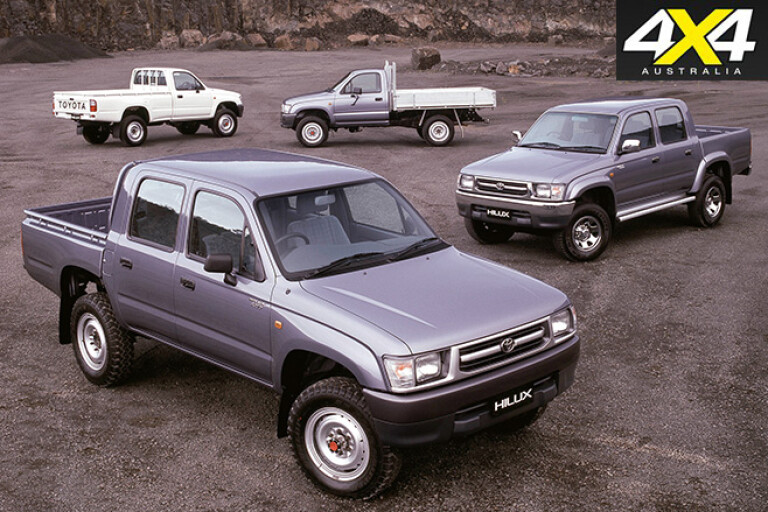
Today the modern dual-cab, with its sophisticated powertrains and equipment, is very much a match for most 4x4 wagons in terms of performance and safety. It also beats a wagon hands down for versatility.
The dual-cab ute is the default 4x4 to transport a family and for recreation in Australia. Various Toyota HiLux models seem to populate the roads of every country in the world, too.
According to Moon: “The HiLux just delivers on good levels of features, ride and performance; all backed up by Toyota’s reliability and wide-ranging service network. There might be a lot of players in this ever-crowded field but the HiLux has been, and still is, the king!”
It’s simply impossible to think of a world without Toyota’s HiLux.
6: Nissan Patrol GQ - Coils for the spoil
After playing second fiddle to Toyota, Nissan surged ahead of its long-time rival with its coil-sprung GQ Patrol.
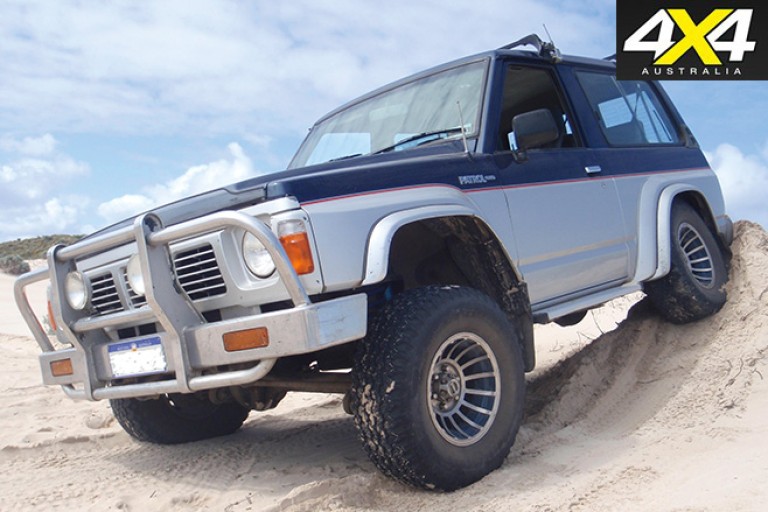
Not only was the GQ Patrol more comfortable on the road than the leaf-sprung LandCruiser 60 Series of the day, it also offered better off-road performance thanks to its long-travel coils,” Mellor says glowingly of this breakthrough vehicle from Nissan, launched in 1987.
However, the GQ wasn’t Nissan’s first recreational or family 4x4. That honour goes to its predecessor, the MQ, which marked the first significant change of direction for the Patrol.
The GQ hurt Toyota so much that the 80 Series was rushed into production in 1990 ahead of the original schedule
Nissan actually produced its first Patrol around the same time as Toyota made its first Land Cruiser, and for the same reason as Toyota: Answering a call from the US military for a light 4x4 that could be quickly and easily produced after war broke out in nearby Korea in 1950. Like the original Land Cruiser, the first Patrol also looked very much like a WWII Jeep.
Fast forward to 1979 and the far more sophisticated MQ was, according to Glover, “extremely capable off-road and also boasted the best on-road dynamics of any Japanese 4x4”. It proved a great basis for the even better GQ.
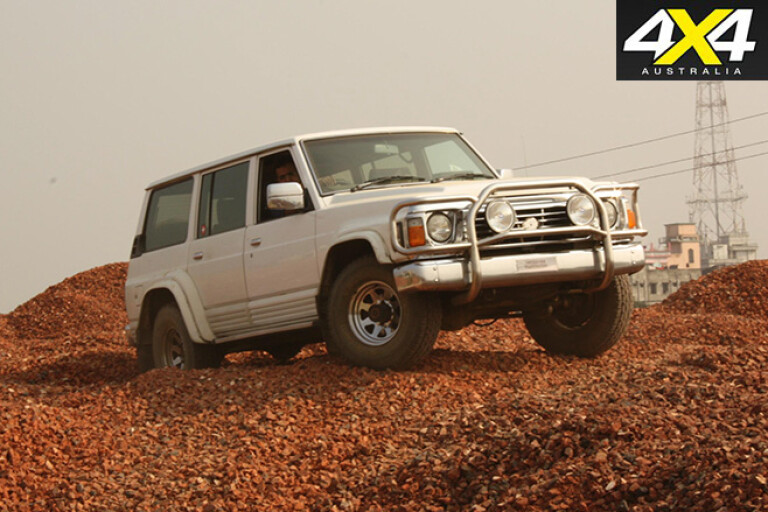
The GQ with its coil-sprung live axles may have arrived 17 years after the Range Rover was launched with coils, but it was the GQ rather than the Range Rover that really consigned leaf-sprung recreational 4x4s to history once and for all.
The GQ was a huge coup for Nissan in a market dominated by Toyota. In fact, the GQ hurt Toyota so much that the 80 Series was rushed into production in 1990 ahead of the original schedule. As a result, it was somewhat compromised.
The GQ remains a pinnacle for Nissan 4x4s, as its subsequent 1997 GU (and later variants) have failed to keep pace with Toyota’s later models.
As Roothy puts it: “Wherever people are playing off-road you’ll find plenty of jacked-up, big-wheeled Nissan GQs. It’s still the best starting point for anyone hanging out to build their own super capable off-road weapon.”
7: Toyota LandCruiser 60 Series: Broadening the family tree
The 60 Series LandCruiser added family-friendly comfort to Toyota's Industrial-grade toughness.
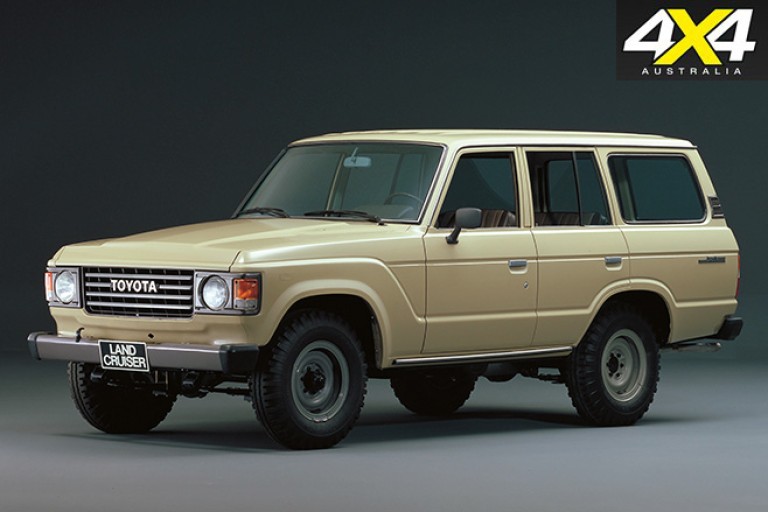
Toyota started planning for the 60 Series in 1976. The idea was for a bigger, family-style 4x4 that could hopefully gain a foothold in the growing US market sector led by the Jeep Wagoneer.
Like the Wagoneer, the 60 Series needed to have more of the feel of a passenger station wagon, with a comfortable ride and a more luxurious, better-equipped interior.
Consideration was given to independent front suspension for the 60, just like the Wagoneer, but this was rejected in favour of a modified version of the live-axle leaf-spring set-up of the earlier FJ55. Apparently there was no consideration of coil-sprung live axles, as per the Range Rover, something that would come with the 80 Series a further decade down the track.
The 60 wasn’t Toyota’s first station wagon. Before the 60 there were long-wheelbase wagon versions of the 40 (45 Series) and, more significantly, the FJ55. However neither the 45 nor the 55 were designed specifically for the recreational market, as was the 60.

In 1982, the popular HJ60, with its bigger six-cylinder 4.0-litre 2H diesel engine, was introduced. In many ways the HJ60 was the defining vehicle of the 60 Series range. As well as its bigger engine, the HJ60 also featured a five-speed transmission, an optional sunroof, power mirrors and other luxury features.
“The 60 might have used leaf springs, but it’s a purposeful, functional off-road wagon that was the right size, the right shape and has stood the test of time”
As editor Raudonikis says: “The 60 might have used leaf springs, but it’s a purposeful, functional off-road wagon that was the right size, the right shape and has stood the test of time.”
For Toyota, the 60 Series brought a split in the Land Cruiser family between commercial and recreational 4x4s. Where the 40 gave birth to the 50 Series and was eventually replaced by the enduring 70 Series, the 60 started the line that progressed to the 80, then the 100 and now the 200.
8: Toyota LandCruiser 70 Series (tied for eighth): Keep it simple, son
The LandCruiser 70 Series is living proof that good design will always stand the test of time.

Editor Raudonikis owns a 1985 70 Series and is a big fan of this basic, but brick-dunny-tough, no-nonsense 4x4. He calls it, “an enduring workhorse that has been with us longer than 30 years now and it’s still the toughest 4x4 workhorse available today”. He’s unlikely to find anyone who will argue that point!
The 70 Series arrived in 1984 as a replacement for the hugely successful 40 Series. So it had very big shoes to fill.
Overall it’s bigger than the 40, though the 70 retained some of the 40s styling cues and, of course, a ladder-frame chassis with front and rear leaf-sprung live axles.
At launch it came in a mind-boggling array of models with different bodies (wagon, ute, cab-chassis and Troop Carrier) on three different wheelbases (short, mid and long) and with a number of different engines. There was also a largely unloved coil-sprung version on a short wheelbase called the Bundera.
Right from the start the cab-chassis and Troop Carrier variants, both built on the long wheelbase, proved the most popular. In the early ’90s the model range was slimmed down and by 1993 the short- and mid-wheelbase models had disappeared.

The first major upgrade of the 70 occurred in 1999 when coil springs replaced the leaf springs at the front, and the rear leaf springs were lengthened to improve the unladen ride quality. The ute’s cab also gained some much-needed length behind the seats.
What some people consider to be the best engine ever to grace a 70 Series arrived – the 1HD-FTE 4.2-litre six-cylinder turbodiesel (from the 100 Series, but non-intercooled) – in 2001
What some people consider to be the best engine ever to grace a 70 Series arrived – the 1HD-FTE 4.2-litre six-cylinder turbodiesel (from the 100 Series, but non-intercooled) – in 2001.
The 70 Series range we know today arrived in 2007 with the then-new 4.5-litre turbodiesel V8, now the only engine available across the range. The 76 four-door wagon – new to Australian buyers, but previously available overseas – joined the 78 Troop Carrier and the 79 Cab Chassis at that time.
Since then, driver and passenger airbags and ABS have helped ramp up the 70’s safety credentials. And in 2012, the 79 Series Double Cab joined the line-up.
Of the 70 Series range, Ron says: “At a time when real tough and relatively basic 4x4s are becoming ever harder to find in the new-vehicle marketplace, the 70 remains a beacon of light ... and hope!”
Amen to that!
8: Land Rover Discovery 3 (tied for eighth) - Best practice
Land Rover's third-generation Discovery was a game-changer for hard-core 4x4 technology.
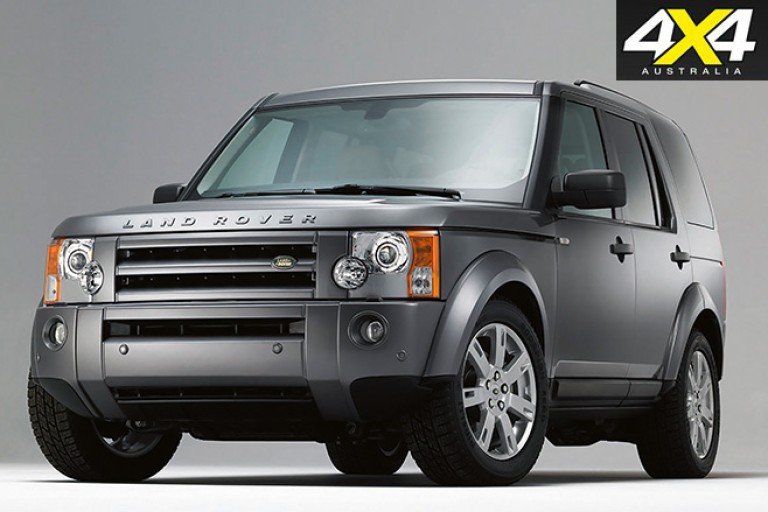
Despite a name that suggests evolution, rather than revolution, the Discovery 3 owed nothing to 1990’s original Discovery or the updated (1999) Discovery II. Both of those vehicles had live axles front and rear and were based heavily – chassis and body – on the first-gen Range Rover.
The Discovery 3 story starts with Ford’s purchase of the Land Rover brand in 2000. Ford was keen to address Land Rover’s sales decline given the second-gen Discovery – then Land Rover’s best-selling model – was getting very long in the tooth.
What Ford did was throw bucket-loads of money (reportedly A$600million at the time) at Land Rover to produce a completely new clean-sheet design. Nothing was to be carried over from the previous Discovery.
Aside from a brilliantly clever, spacious and versatile cabin, Discovery 3 introduced many significant new technical features led by fully independent suspension with height-adjustable air springs on up-spec models. This was an elegant solution to the age-old on- and off-road ride-height compromise that has plagued 4x4s for decades.
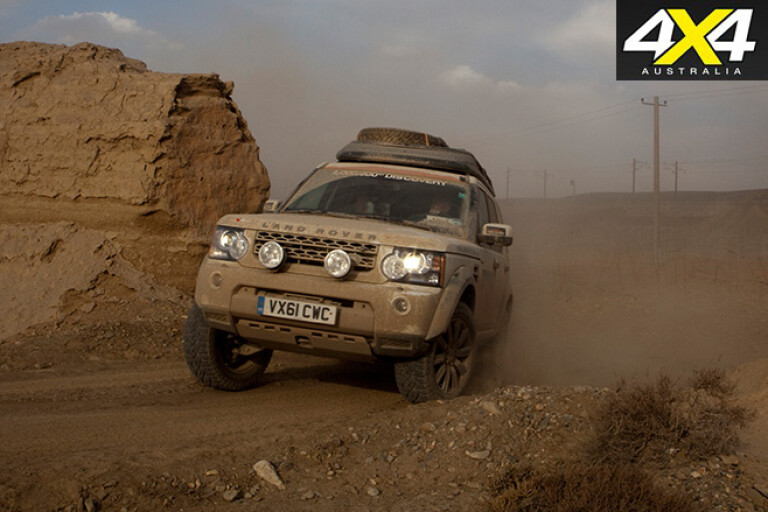
The Discovery 3 also introduced what was the first of the new-generation high-output turbodiesel engines to appear in a serious family 4x4; a superb 2.7-litre V6 with no less than 140kW and 440Nm. It was backed by the option of a super-slick six-speed ZF automatic. This powertrain combination – modern V6 turbodiesel and ZF auto – was, at the time, a huge leap forward for family 4x4s. And if diesel wasn’t your go, you could always have the very sweet 4.4-litre petrol V8 or the budget-priced Ford-sourced 4.0-litre V6.
The Discovery 3 also introduced Land Rover’s brilliant, and now much copied, Terrain Response system
The Discovery 3 also introduced Land Rover’s brilliant, and now much copied, Terrain Response system. Terrain Response linked the control of the engine, gearbox, height-adjustable suspension, the electronic differentials, and all the electronic chassis systems, like traction and stability control, into a number of driver-selectable modes to improve performance on different terrain.
The Discovery 3 was so far ahead of its time that the Discovery 4, which arrived in 2009, was essentially a makeover as it retained all of the Discovery 3’s essential design elements, from seating to suspension.
10: Toyota LandCruiser 80 Series - The complete package
With Strength, Durability and all-coil suspension, the 80 Series is considered by many to be the best-ever LandCruiser.

Roothy reckons, “all LandCruisers are good but the 80 Series is the best of the lot”. And he won’t find any argument with Ron who says the 80 Series, “was the best LandCruiser wagon ever built – they’ve gone downhill from that pinnacle! The latest might be smoother, faster and more refined, but they are far less a real 4x4”.
The 80 Series arrived in Australia in early 1990 with considerable fanfare. Seemingly caught ill-prepared by the 1987 release of Nissan’s GQ Patrol, Toyota was keen to replace its veteran 60 Series due to poor sales against the more sophisticated all-coil GQ. Some say the 80 was rushed onto the market, such was the concern over Nissan’s success.
The 80 Series represented a giant leap forward from the 60 Series thanks to the introduction of the coil-sprung suspension and availability of a full-time 4WD system
At launch in Australia the 80 came in a 10-model range, two of which retained part-time 4x4, courtesy of the 70 Series. The rest, significantly, came with full-time 4x4. The part-time 4x4 base models also came with vertically split (barn) rear doors rather than the horizontally split tailgate used in the rest of the range. And of course, all 80s rode on coil springs.
Two entirely new engines, the 1HZ diesel and 1HD-T turbodiesel debuted with the 80, while the old 3F petrol six from the 60 and a fuel-injected version of the same (3F-E; auto only) made up the range. Just two years later, the 3F and 3F-E were replaced by the new 1FZ-FE; a thoroughly modern (at the time) 4.5-litre alloy-head twin-cam four-valve in-line six. In 1995, the somewhat troublesome 1HD-T engine was replaced by the multi-valve 1HD-FT turbodiesel.
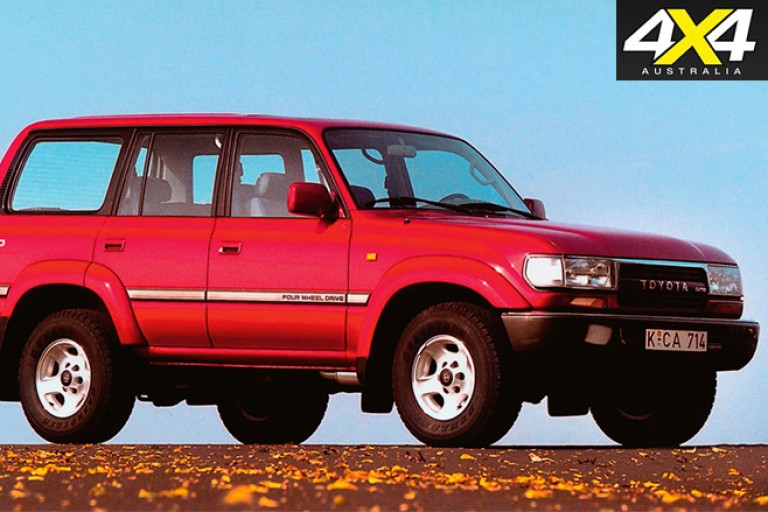
In terms of sophistication, the 80 Series represented a giant leap forward from the 60 Series thanks to the introduction of the coil-sprung suspension and availability of a full-time 4WD system.
With the benefit of hindsight it’s fair to say the transition from 60 to 80 was far more significant than the transition from the 80 to the 100 Series. While the 80 was a far more comfortable and sophisticated 4x4 than any Land Cruiser before, it retained the legendary toughness and go-anywhere ability of its predecessors.
As Roothy says: “Get a good one and play in the dirt forever!”
Most reliable 4x4
It's hard to look past the 70 Series LandCruiser for its tough, no-nonsense appeal that has carried over through its generations. Its simple yet tough design has meant it has become a much-loved 4x4 since its arrival in Australia in 1984.
In saying that, every model listed above wouldn't have made this list if reliability wasn't at the core of its DNA.

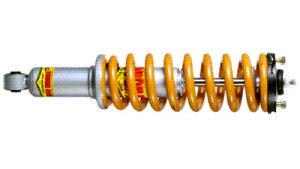


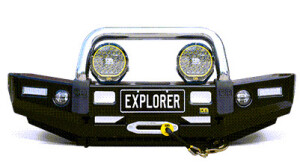
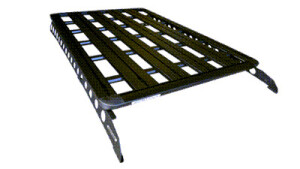





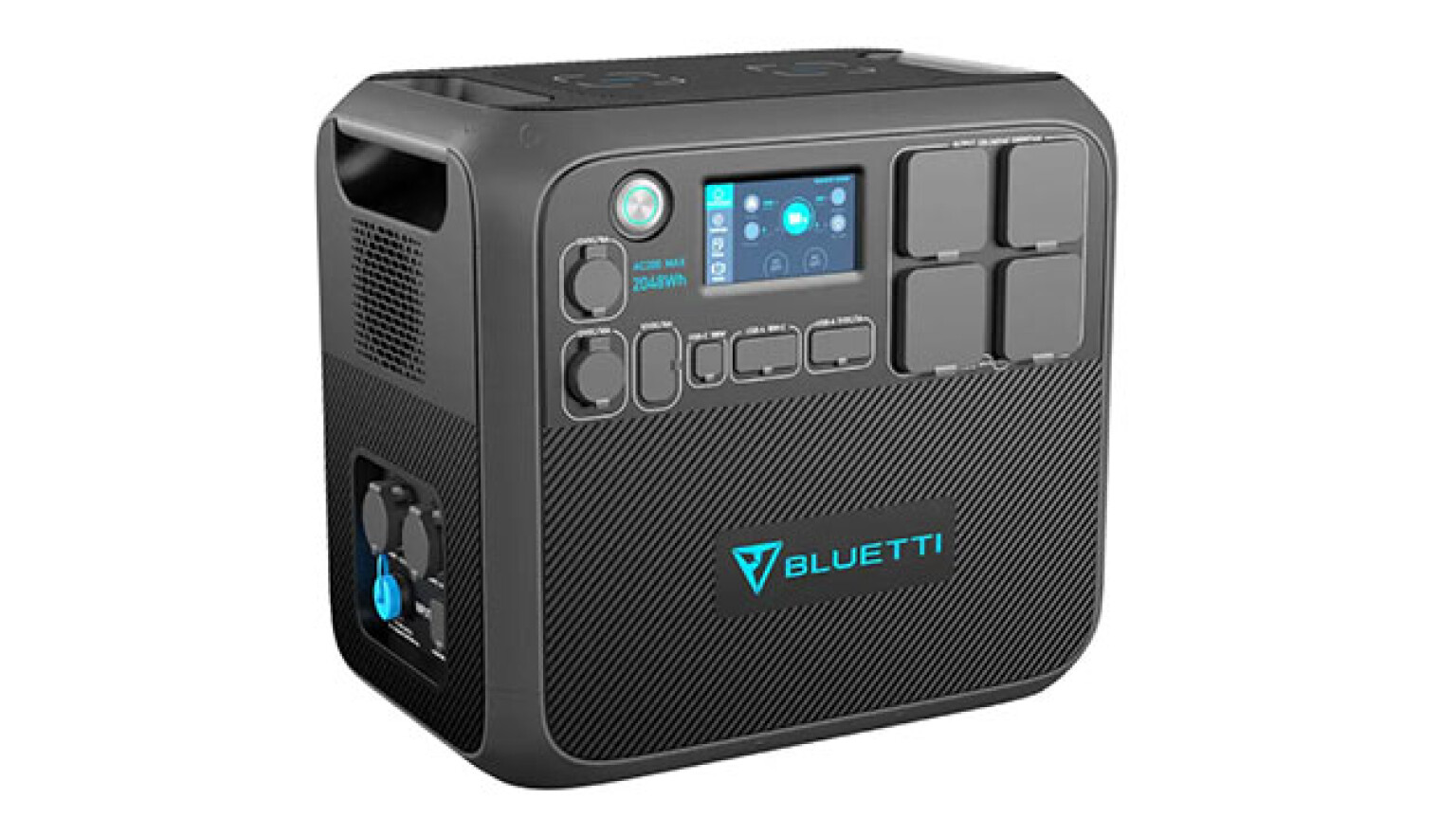
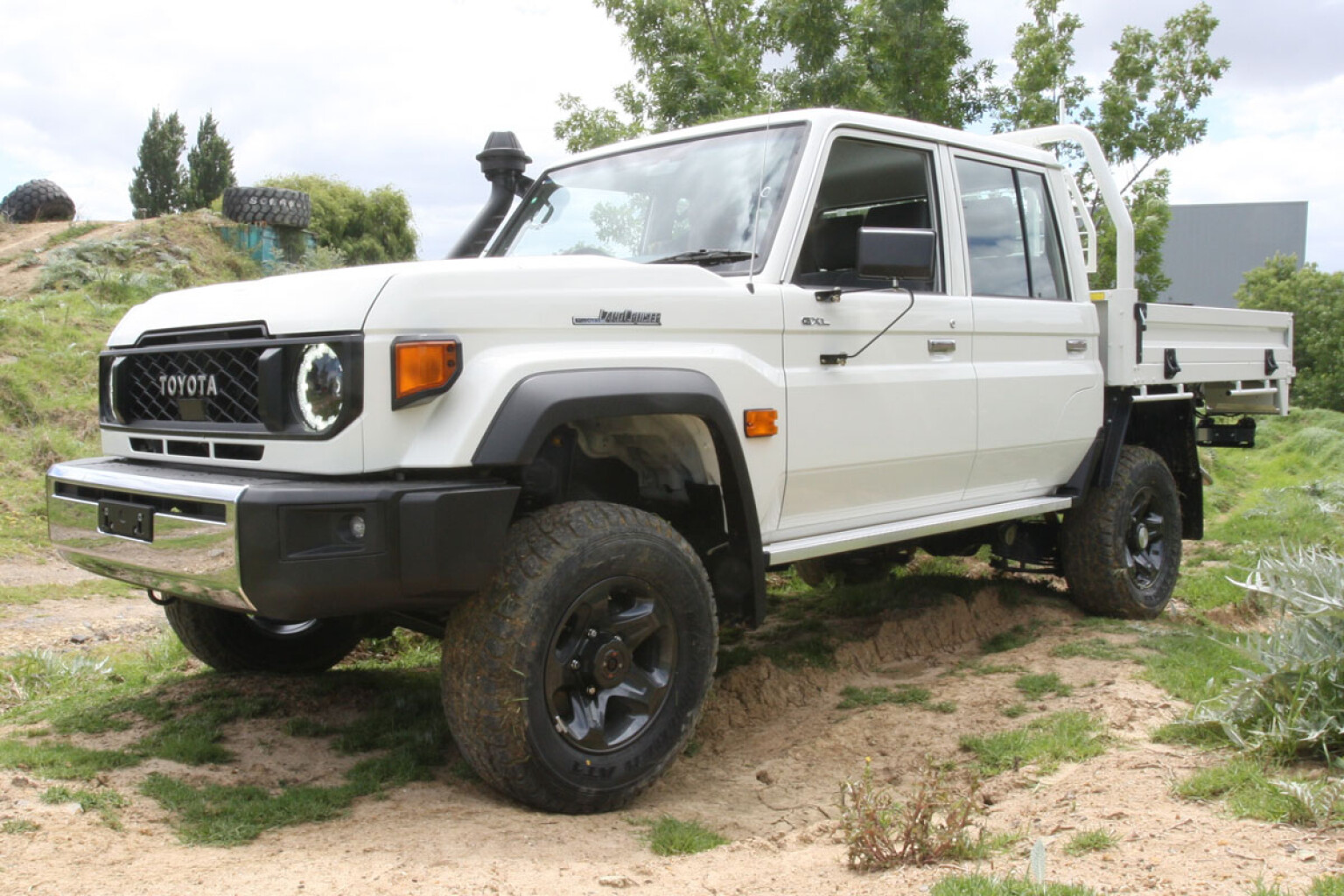
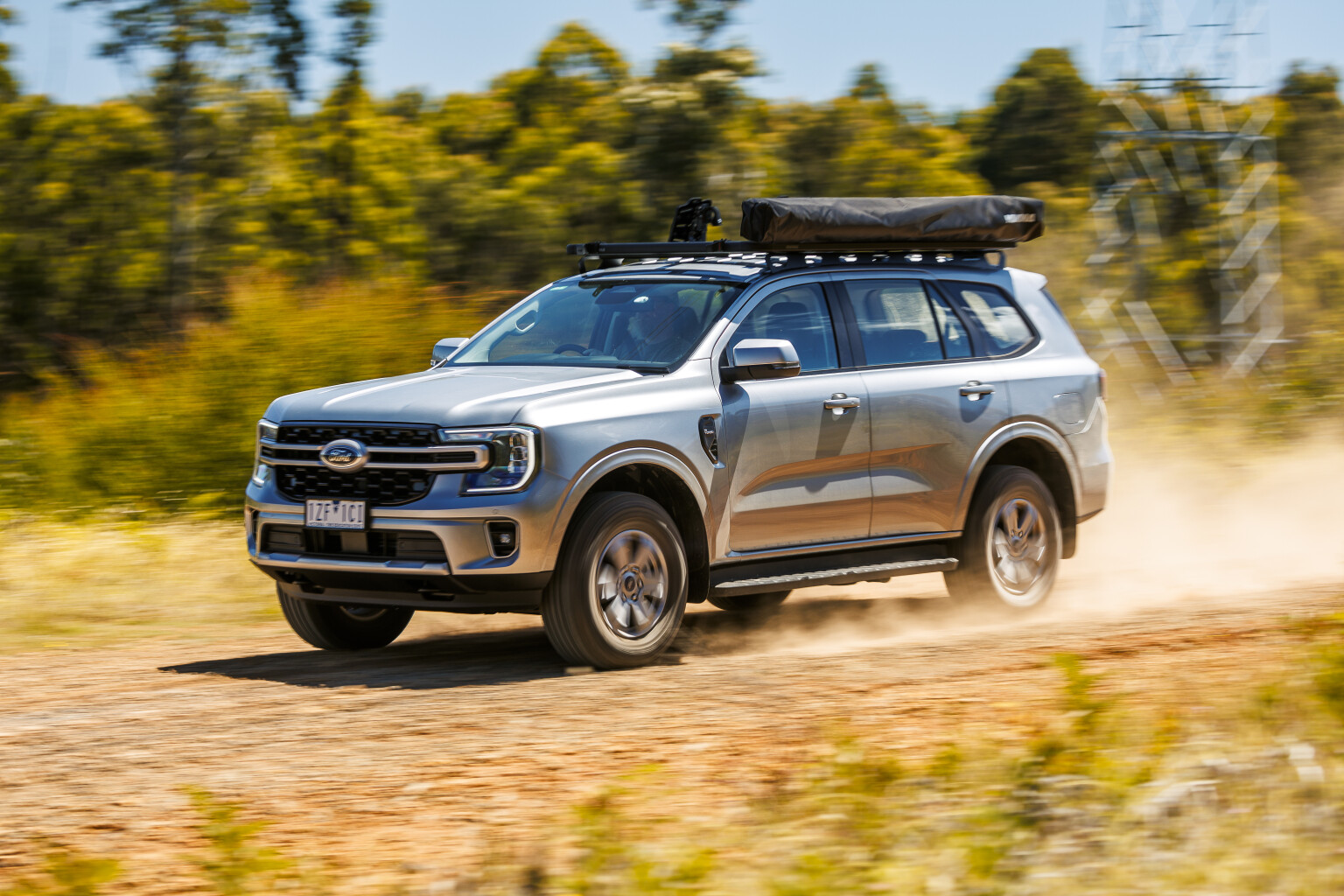
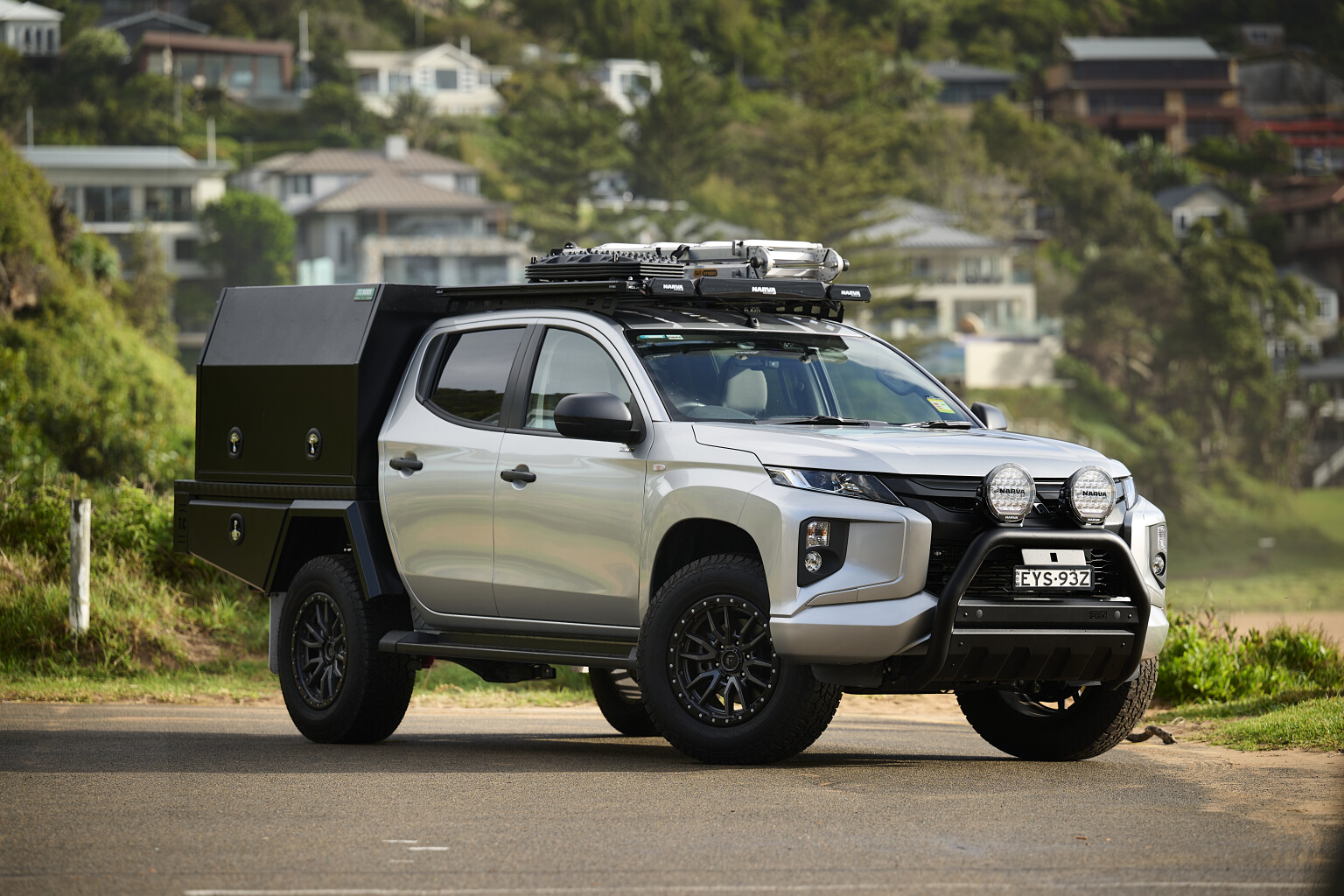
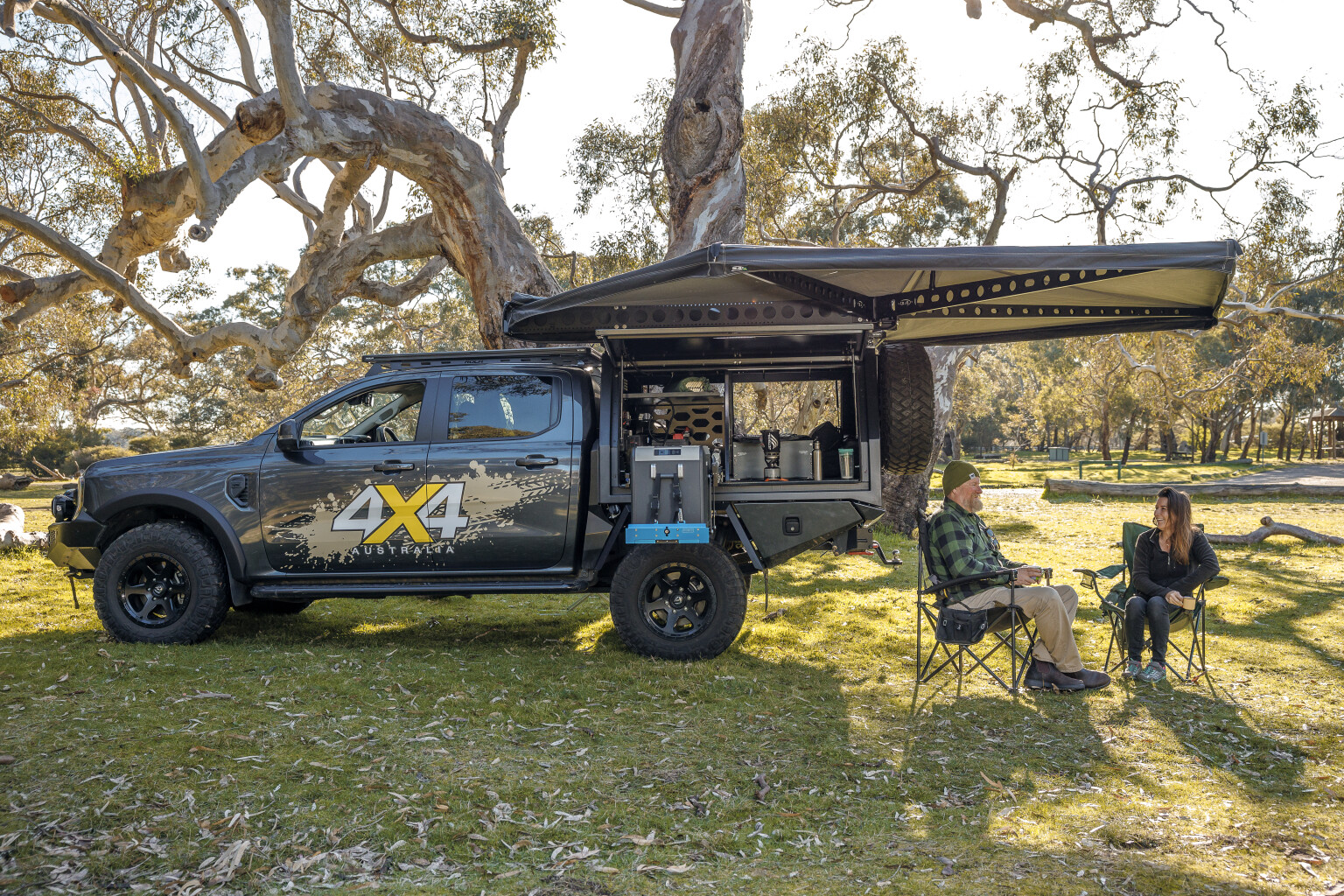

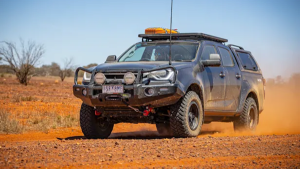

COMMENTS